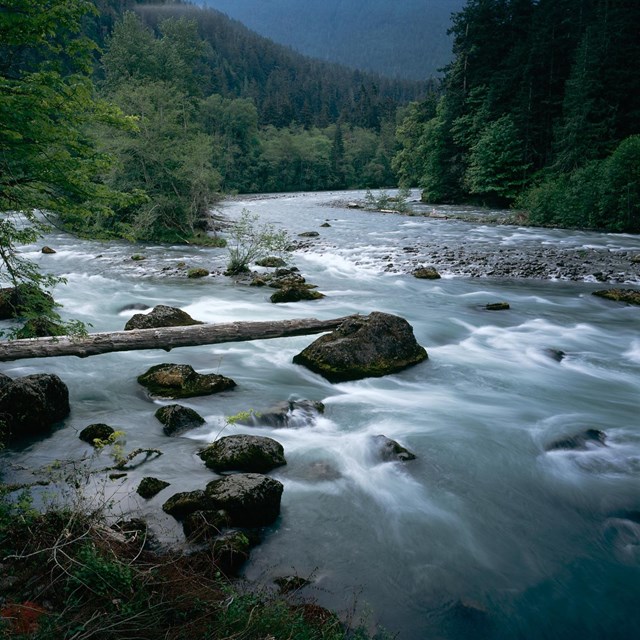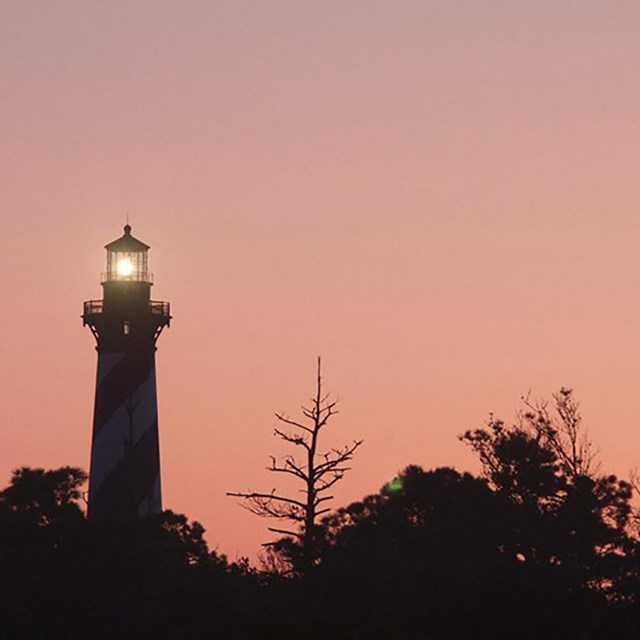“The oceans deserve our respect and care but you have to know something before you can care about it.” – Dr. Sylvia Earle, Ocean Explorer and Hero of the Planet
Stewardship is the management and protection of the incredible resources in the National Park System. Though the legacy of land conservation began in 1872 at Yellowstone National Park, the concept of protecting places in the ocean is relatively new. Ocean stewardship is nonetheless as important as land stewardship, and more challenging than ever. Park managers are confronting threats from pollution, watershed degradation, overfishing, invasive species, ocean warming, storms, and sea level rise.In the face of these challenges, only the best available science will enable managers to protect and restore ocean parks and to educate visitors. Managing our incredibly diverse coastal resources demands unique expertise and technology. Few could have predicted that the first-ever federal civilian scuba diving safety program, created by NPS in 1960 and once used primarily for search and recovery, would enable major advancements in ocean stewardship and ecosystem monitoring at parks such as Channel Islands National Park in California.
The underwater kelp forest monitoring program pioneered at Channel Islands NP identified overfishing as the major human factor in the dramatic loss of 80 percent of (California?) kelp forests. This program laid the scientific foundation for the success of future conservation efforts: the state of California later established a statewide system of marine protected areas. New “no-take” marine reserves are producing larger fish populations and healthier kelp forests in the waters around the Channel Islands, while leaving most of the park and National Marine Sanctuary open to recreational fishing.
Studies at Channel Islands NP also contributed to the design and implementation of the NPS “Vital Signs” monitoring program, which continues today in 32 Inventory and Monitoring Networks and 272 parks across the U.S. These networks monitor certain indicators, such as population dynamics (e.g. abundance, distribution, reproduction) of keystone species (species that have the greatest effect on the ecosystem), condition of habitats, and air and water quality, in order to measure changes in the condition of a park’s land and water ecosystems. Assessing this data provides park managers with the critical information needed to guide their decisions.
Public partnerships greatly expand the National Park Service’s capacity for ocean stewardship. The “Cooperative Ecosystem Studies Units” (CESU) Network is a national consortium of more than 325 academic and nongovernmental partners who collaborate with NPS and other organizations on joint projects in parks. In addition to the seventeen CESU networks, nineteen Research Learning Centers serve individual and regional groups of parks. These RLCs help students to directly experience and learn about the oceans in parks, and they help researchers to investigate important questions for park resource managers.
Last updated: May 25, 2017



